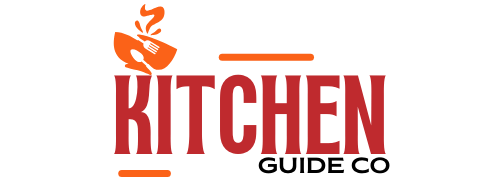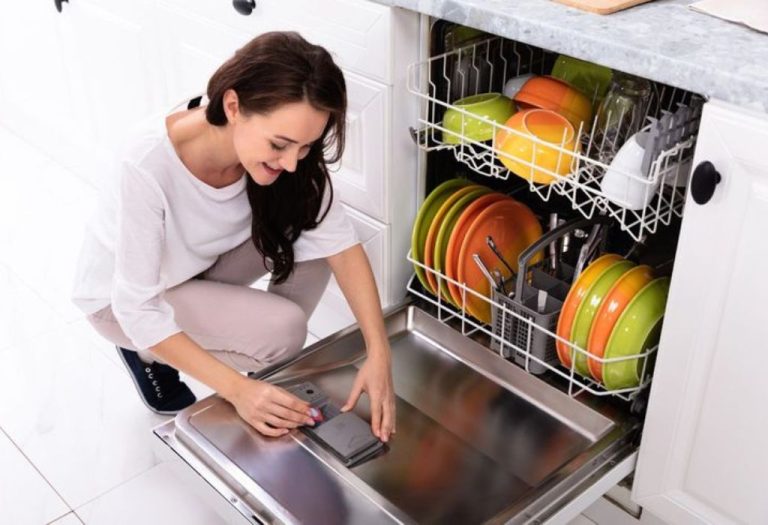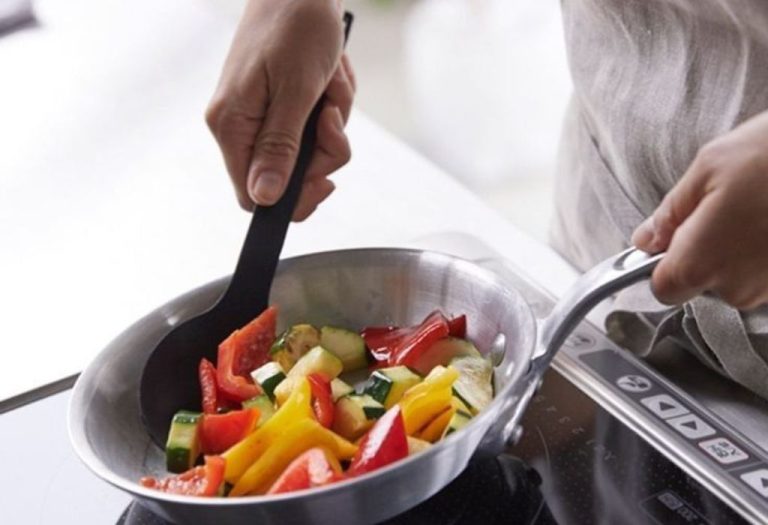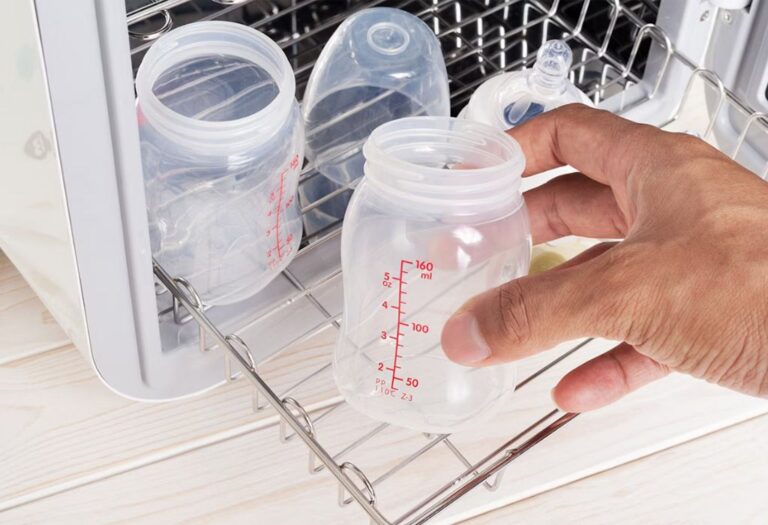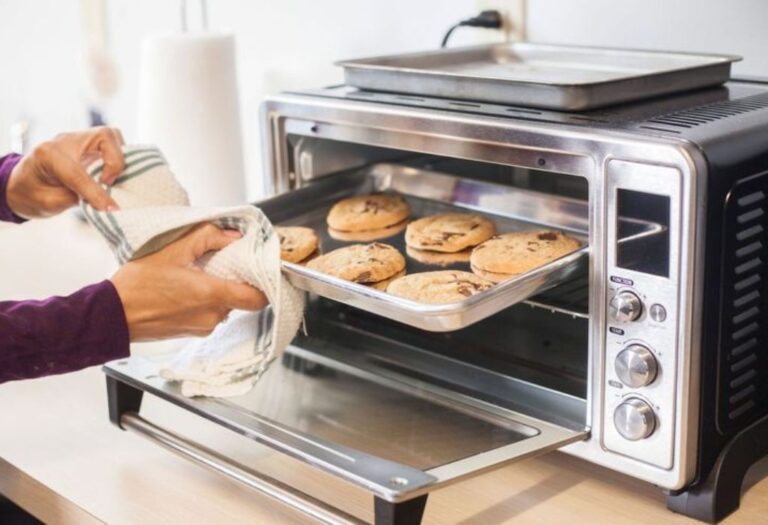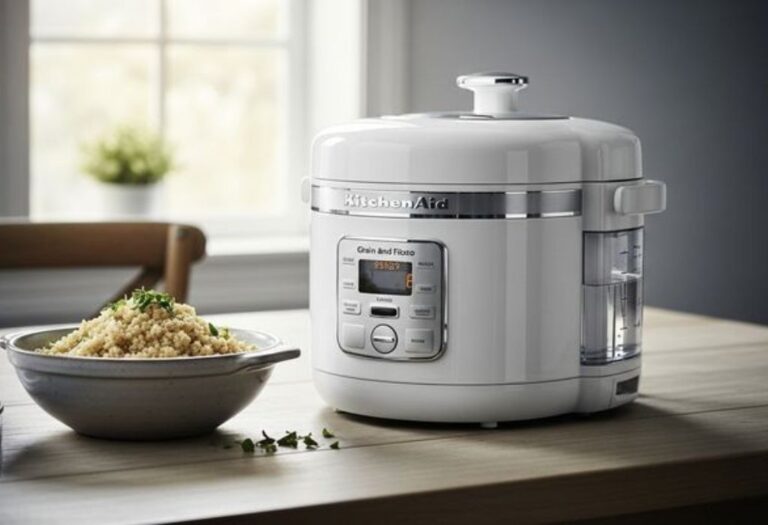In 2022, the National Fire Protection Association (NFPA) reported that cooking equipment caused over 8,000 fires in U.S. restaurants. Many of these incidents could have been prevented with regular fire safety inspections.
Picture this — a busy Friday night service, flames shooting from a pan, and your staff rushing to contain it. Without proper safety checks in place, that small flare-up can quickly turn into a disaster.
Fire safety in commercial kitchens isn’t just about following rules. It’s about protecting lives, property, and your business’s reputation. This guide will walk you through a complete, step-by-step inspection process to ensure your kitchen passes every fire safety check.
Step 1: Review Local Fire Codes and Regulations
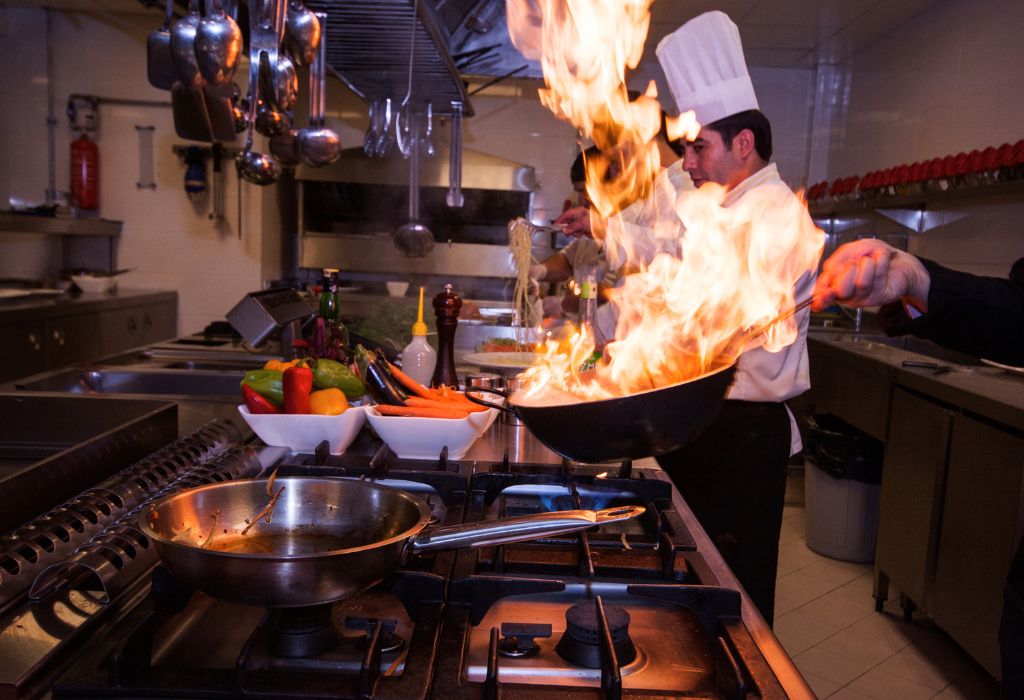
Before inspections begin, understand the fire safety codes that apply to your location.
- Contact your local fire marshal or authority to get updated regulations.
- Review NFPA 96 standards for ventilation control and fire protection of commercial cooking operations.
- Check if your insurance provider has additional requirements.
Why it matters: Regulations vary by state and city. Following the wrong set of rules could lead to failed inspections and costly fines.
Step 2: Inspect Cooking Equipment
Cooking appliances are the leading cause of commercial kitchen fires.
- Ensure all stoves, fryers, ovens, and grills are clean and free from grease buildup.
- Verify that gas lines and connections are secure and leak-free.
- Test thermostat controls to prevent overheating.
Pro Tip: Keep a cleaning log for all cooking equipment. Inspectors often request proof of maintenance.
Step 3: Examine Ventilation and Hood Systems
The ventilation system is a major focus in fire inspections.
- Check hood filters for grease buildup.
- Verify that the exhaust fan is operational.
- Ensure ductwork is clean and clear of obstructions.
According to NFPA 96, hoods and ducts must be cleaned at least once every 3 months in high-volume kitchens.
Step 4: Check Fire Suppression Systems
Fire suppression systems automatically activate when flames are detected.
- Make sure the system is professionally inspected every 6 months.
- Check that nozzles are unobstructed.
- Test manual pull stations for proper function.
Important: Only certified technicians should service fire suppression systems.
Step 5: Inspect Fire Extinguishers

Extinguishers are a critical part of fire safety.
- Ensure you have the correct type (Class K for grease fires).
- Check that each extinguisher is fully charged.
- Confirm tags show the last inspection date.
The OSHA requirement: Fire extinguishers must be inspected monthly and serviced annually.
Step 6: Test Smoke and Heat Detectors
Detectors provide early warning of danger.
- Test alarms to ensure they sound properly.
- Check batteries and replace if necessary.
- Make sure detectors are located in required areas.
Step 7: Evaluate Emergency Lighting and Exit Signs
During a fire, visibility drops fast.
- Test emergency lights for at least 30 seconds.
- Ensure exit signs are illuminated and visible from all areas.
- Keep escape routes free from obstacles.
Step 8: Staff Training and Fire Drills
Even the best equipment fails without trained staff.
- Conduct fire safety training at least twice a year.
- Teach employees how to use extinguishers and suppression systems.
- Hold fire drills to practice evacuation routes.
According to the National Restaurant Association, trained employees respond to kitchen fires 60% faster than untrained staff.
Step 9: Inspect Electrical Systems
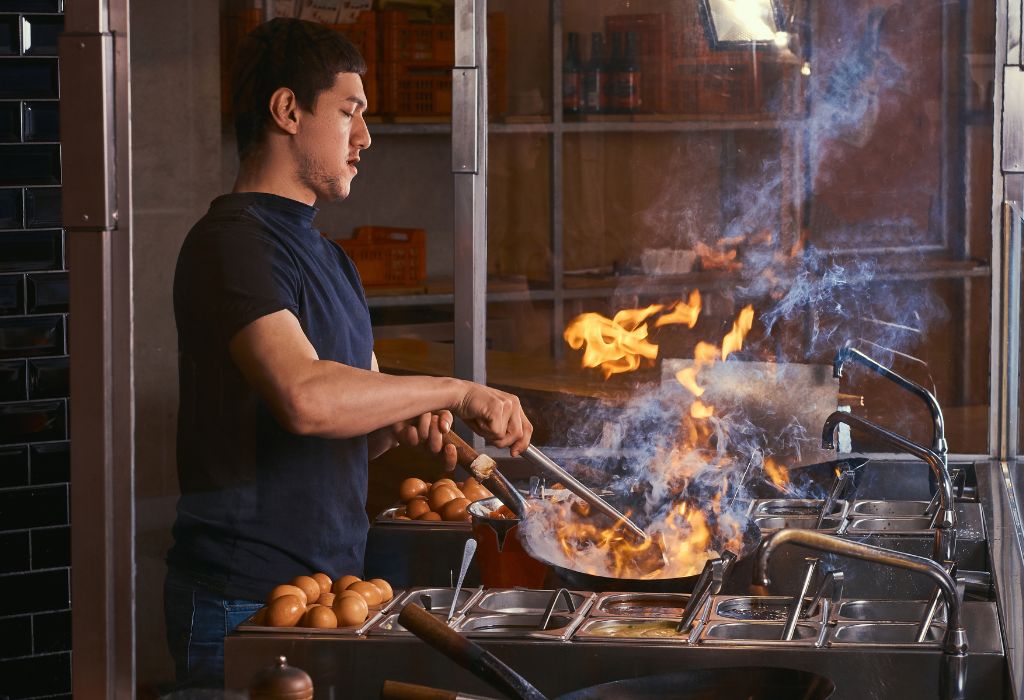
Faulty wiring can trigger dangerous fires.
- Check cords for frays or exposed wires.
- Avoid overloading outlets.
- Hire a licensed electrician for annual inspections.
Step 10: Keep Detailed Inspection Records
Proper documentation is essential.
- Record all inspection dates, results, and repairs.
- Store copies for at least 3 years.
- Present records to inspectors when requested.
FAQs – Commercial Kitchen Fire Safety Inspections
How often should a commercial kitchen be inspected for fire safety?
Every 6 months for suppression systems, monthly for extinguishers, and quarterly for hood cleaning.
What is the most common cause of restaurant fires?
Grease buildup in cooking equipment and ventilation systems.
Do I need a Class K extinguisher?
Yes, it’s required for kitchens that handle grease and oil cooking.
Can staff perform fire safety inspections?
Staff can do daily checks, but certified professionals must handle official inspections.
How long does a fire safety inspection take?
Typically 1–3 hours, depending on kitchen size and equipment.
What happens if I fail an inspection?
You’ll need to correct violations and schedule a re-inspection, often within 30 days.
Are fire safety inspections mandatory for all commercial kitchens?
Yes, in most jurisdictions, they’re required by law and insurance policies.
I’m Emma J. Caldwell, the founder, lead writer, and home-cooking enthusiast behind KitchenGuideCo.com. With a background in culinary arts and over a decade of cooking experience in both professional and personal kitchens, I created this platform to demystify recipes, offer smart kitchen gadget reviews, and guide readers through meal prep with confidence and clarity.
